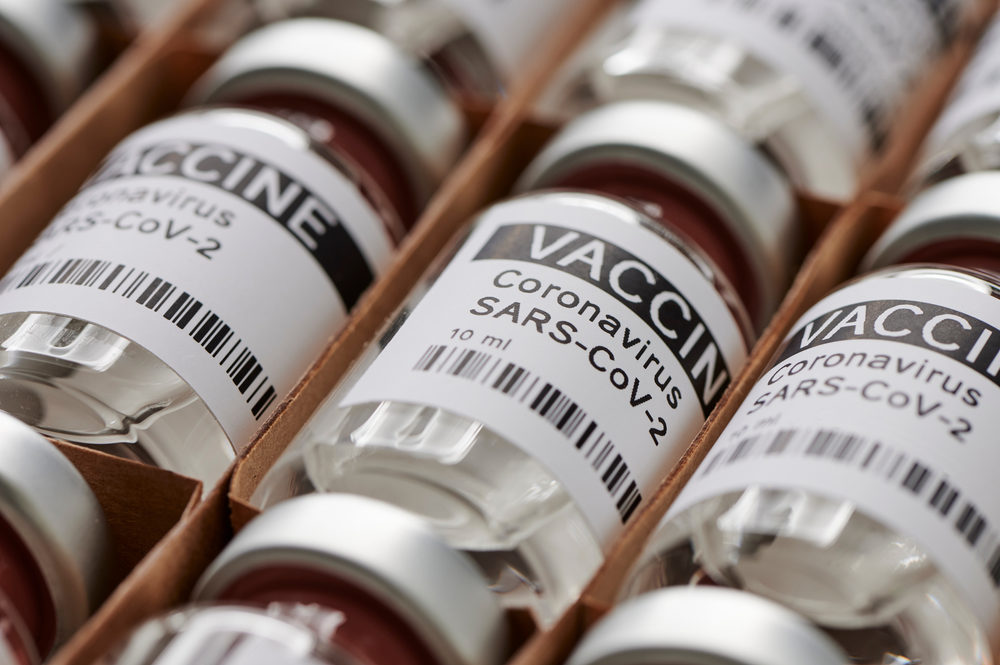
During the last 15 months, as people around the world have confronted the COVID-19 pandemic, success has been made. In the U.S. alone, 40 percent of adults, that’s 104-million people, are now fully vaccinated. However, there are concerns that those in charge of making sure victims of COVID-19 vaccine and treatment-related injuries are compensated may not be getting the job done.
USA Today reporters reviewed 106 injury claims filed (before March 15) through the Countermeasures Injury Compensation Program (CICP), the agency that compensates victims for injuries sustained by COVID-19 treatment. The claims encompassed injury issues involving vaccines, hydroxychloroquine, and other COVID-19 treatment. What they discovered was that although weeks, and perhaps even months, had passed since victims filed the paperwork, claims were still listed as “under medical review.’’
In other words, the victims had been waiting an extended period of time to either receive compensation for injuries sustained or information concerning a rejected claim, according to the article.
The CICP, which attributed the delay in processing the claims, in large part to the requirements for individuals to file specific documentation and medical records in support of the claim, is a government program designed for public health emergencies and is already known for its challenging requirements. According to the Health Resources and Services Administration, the reporting agency for the CICP, in the last decade, out of 551 claims filed to the agency, only 29 claims to date have been paid out.
In addition to COVID-19, CICP covers injuries from medical countermeasures used to treat Ebola, Zika, and anthrax. Under the CICP, claimants only have one year to file a claim, which will be decided by the Secretary of Health and Human Services, and decisions cannot be appealed.
Alex Azar, the Health and Human Services Secretary under then-President Donald Trump, determined all injury claims resulting from COVID-19 treatment would be handled through the CICP. Although we still see the COVID-19 vaccine in its infancy stage, in the future, the vaccine could move to the National Vaccine Injury Compensation Program (VICP). The VICP is a no-fault program that covers 15 childhood vaccines and the seasonal flu shot.
Through the VICP, an injured individual of any age, who received a vaccine listed as part of the program, can file a petition with the U.S. Court of Federal Claims. Compared to the CICP, the VCIP has paid out about $216 million to about 615 claimants every year since 2015.
Related: Vaccine Injuries: What Are Your Rights?
Individuals should be aware that an injury due to a childhood vaccine that falls under the VICP or an injury due to a newer COVID-19 shot is a legal process to receive compensation. Hiring a lawyer with knowledge of vaccine injuries is encouraged.
More Communication About COVID-19 Vaccines Could Build Trust
The USA Today article also included research done by Peter Meyers, a former director of George Washington University Law School’s Vaccine Injury Clinic. He filed a Freedom of Information Act request and obtained details of 48 cases filed as of February 16. Of those COVID-19-related cases, 26 involved deaths, and 22 involved other injuries. Most of the harms from vaccine claims cited allergic reactions; only three cases alleged death after immunization.
For Meyers, the main takeaway was that there weren’t more issues with the COVID-19 vaccine and that the federal agency should communicate this through the website.
“To the extent, the Biden administration is trying to build trust and confidence in the American public, deal with all the misinformation that’s out there, deal with all the vaccine hesitancy of so many people, it seems to me they are going about it in exactly the wrong way,” Meyers said.
Meyers’ words come when the months-long, upward trend of people receiving their first dose has stalled. The average number of people getting a first or single dose each day falling about 50 percent from the peak on April 13. According to the New York Times, one potential reason for the drop could be the temporary halt of the one-shot Johnson and Johnson vaccine in mid-April due to potential blood clots.
Perhaps workers at the CICP can heed Meyer’s call to make information on the website more accessible. While this would not only help with the issues the agency is having processing claims in a timely fashion, but it would also help people know, as Meyers said, “…how incredibly safe these vaccines really are.”
The only possible road to proper compensation is by having an experienced team behind you. Paulson & Nace can offer the representation you need for vaccine injuries and other cases related to medical malpractice. For a free no-obligation consultation, give us a call at 202-463-1999 or use our online form.
@thumbnail.jpg)
Both an Emory School of Law graduate and MBA graduate of Goizueta Business School at Emory, Chris Nace focuses his practice on areas of medical malpractice, drug and product liability, motor vehicle accidents, wrongful death, employment discrimination and other negligence and personal injury matters.


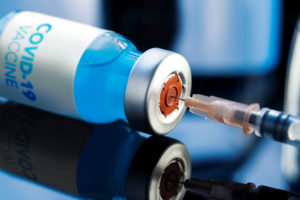
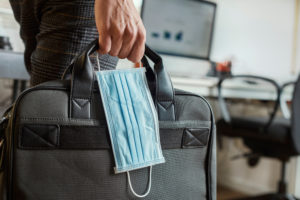
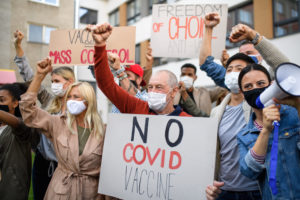
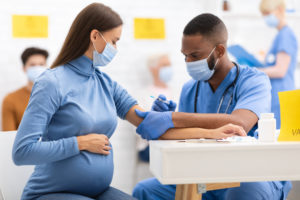








Comments for this article are closed.